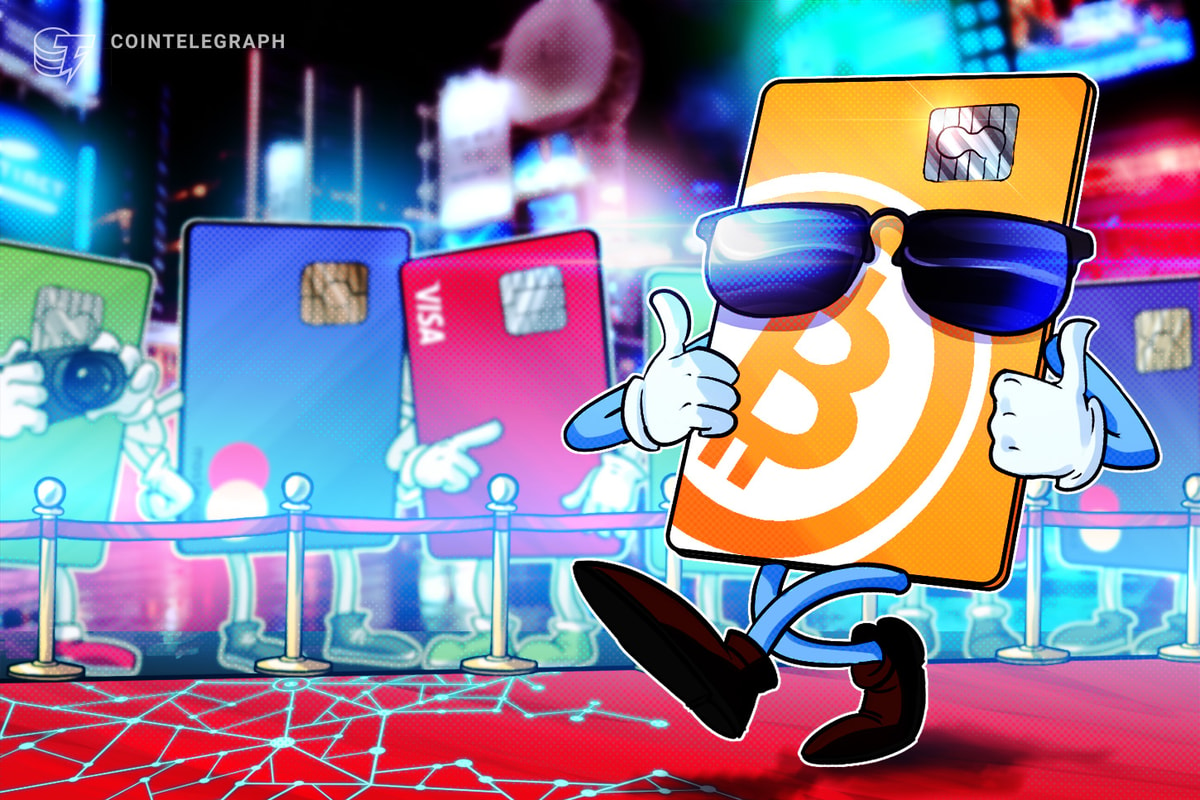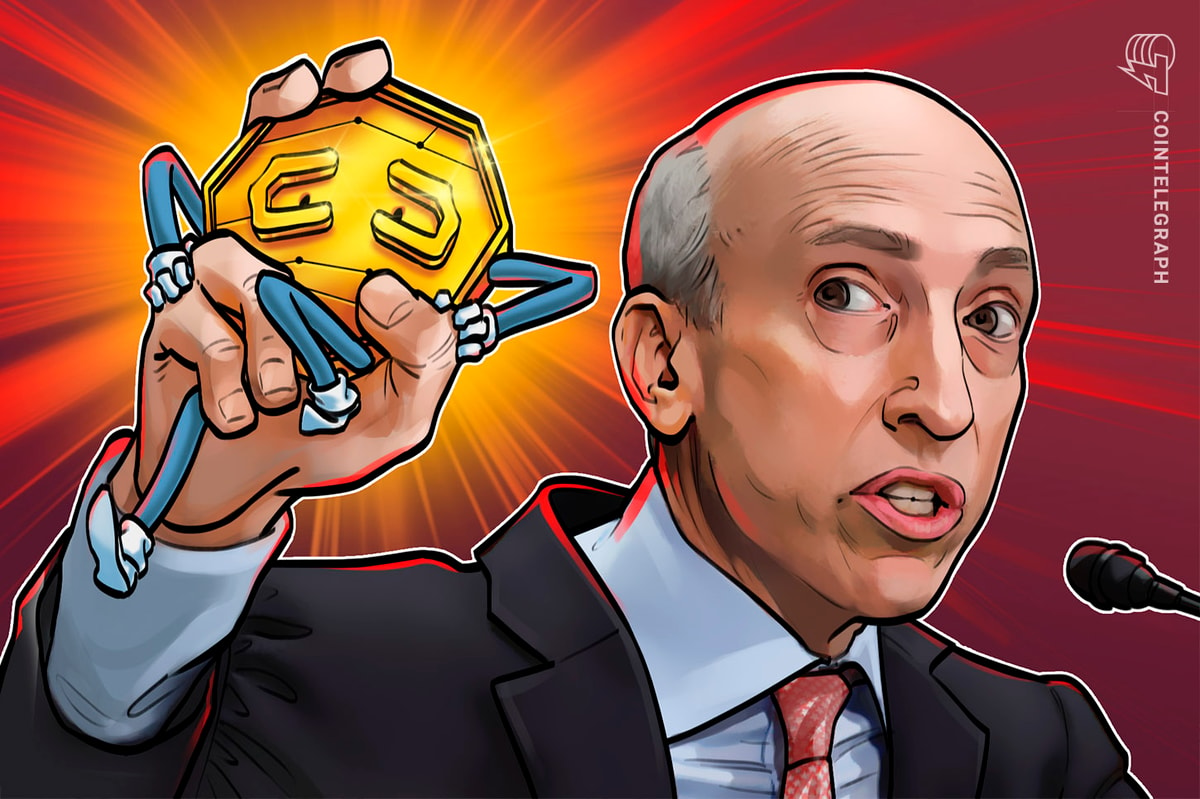Industry exec explains why NFT fraud protection falls on brand and not marketplaces
3 min read
Nonfungible token (NFT) marketplaces should commit to combat fraudulent NFTs, but brands are far more responsible for protecting NFT investors, according to one industry executive.
Brands that issue NFTs should be taking the first step to protecting themselves and potential investors from fraud, BrandShield CEO Yoav Keren said in an interview with Cointelegraph on Oct. 12.
According to Keren, it’s more straightforward for a brand to recognize NFTs that were not released by the company itself rather than marketplaces like OpenSea or Rarible. NFT marketplaces usually have fewer insights into which brands are creating NFTs when they are launching and other details, the CEO noted.
Although marketplaces should not be negligent of the reality of NFT fraud, it’s still a must for brands to keep their audience publicly and transparently updated about any NFT offerings, Keren hinted, stating:
“Brands should understand the legal implications of misuse of their image, and should take action to protect their customers across all platforms, websites and marketplaces.”
The CEO went on to say that counterfeits and copyright infringements have emerged as the two most common forms of NFT fraud so far.
Counterfeit NFT fraud implies unauthorized replicas that are sold despite the existence and sale of an original NFT drop by its creator or authorized party. Copyright and trademark infringements refer to fraudsters hijacking a brand’s likeness or image to create and sell NFTs without prior authorization.
Both types of NFT fraud occur across some of the largest NFT marketplaces, including OpenSea, Rarible and Nifty Gateway, Keren noted.
“We conducted a scan on OpenSea and found 41,500 suspicious NFT listings using unauthorized likenesses or images associated with prominent celebrities who’ve promoted NFTs or cryptocurrency,” Keren said. In these cases, fraudsters utilized copyright or trademark infringements to defraud consumers, he added.
One of the ways to eliminate NFT fraud is for platforms to encourage more reporting of fake listings when a suspicious listing is discovered by a user of the platform. “Ideally, brands and marketplaces should work together on solutions,” Keren stated, adding that attacking a problem from multiple angles is the fastest way to an effective solution.
Related: French police use Crypto Twitter sleuth’s research to catch scammers
Despite encouraging brands and marketplaces to do their best to protect NFT investors, BrandShield CEO emphasized that it’s still important for consumers to do their own research while investing in NFTs. It is important to not only double-check the website of the NFT marketplace’s domain but also go for only verified NFT sellers and avoid suspicious shortened links.
“Work to verify an NFT before purchasing because by the time marketplaces catch on to these abuses, it’s oftentimes too late,” Keren added.
The rise of NFTs and metaverse has created yet another way for fraudsters to mislead investors into falling for scams and counterfeits. According to data from crypto risk management firm Elliptic, NFT investors became victims of more than $100 million worth of NFT scams and thefts related to NFTs in a period from July 2021 to July 2022.







